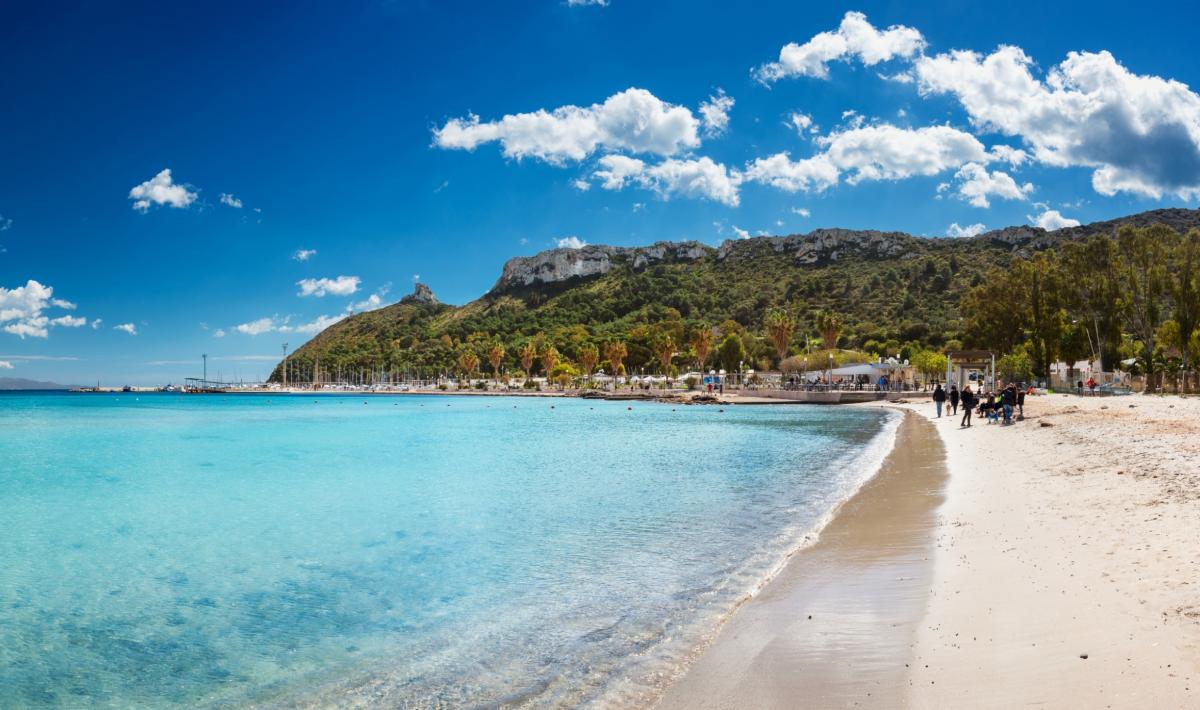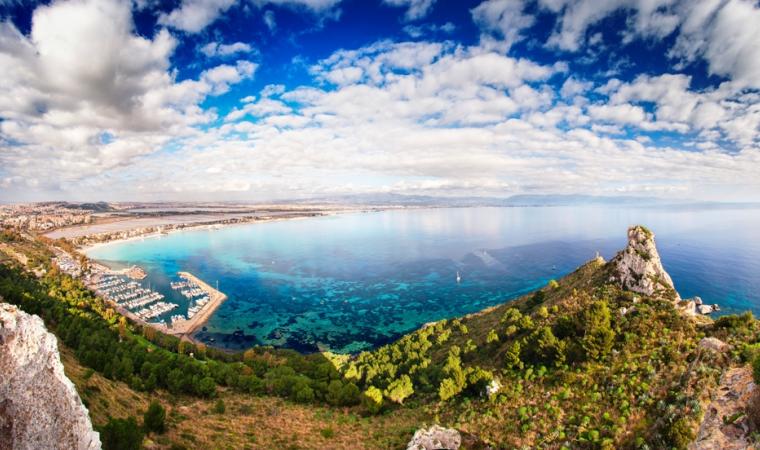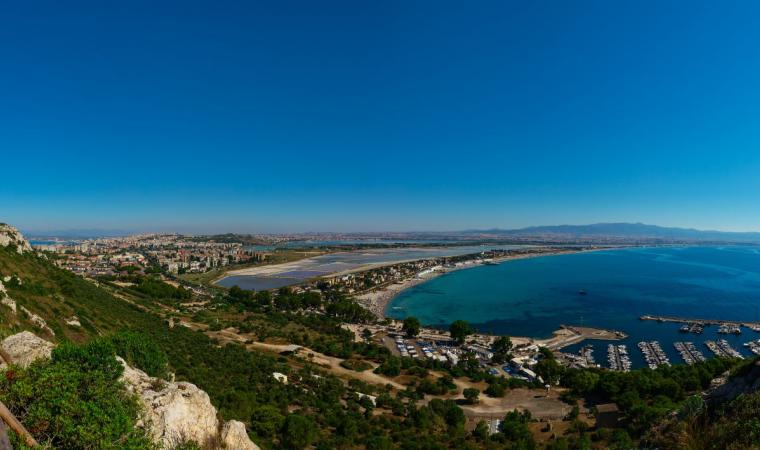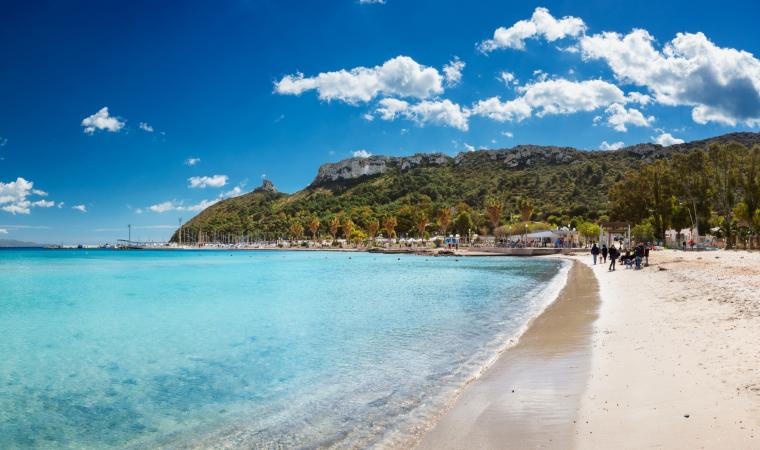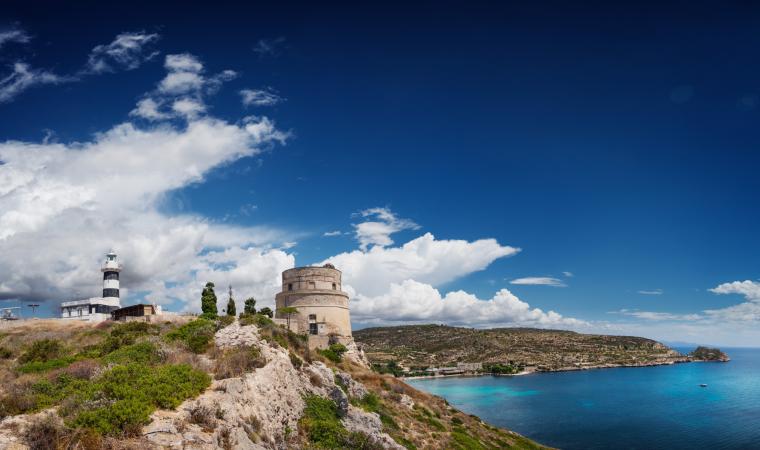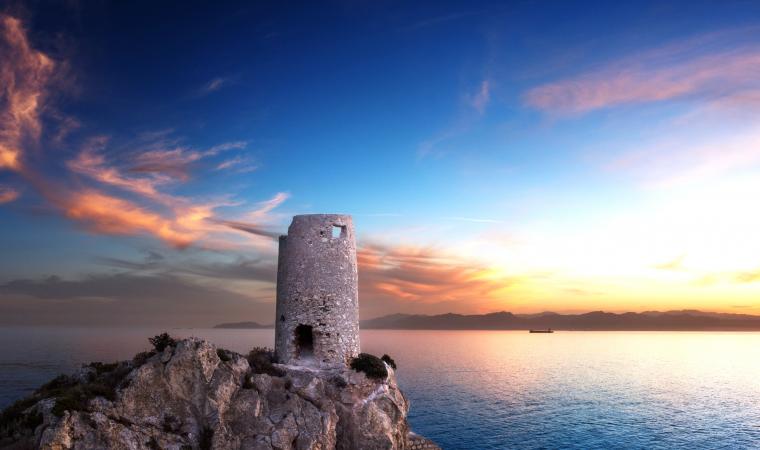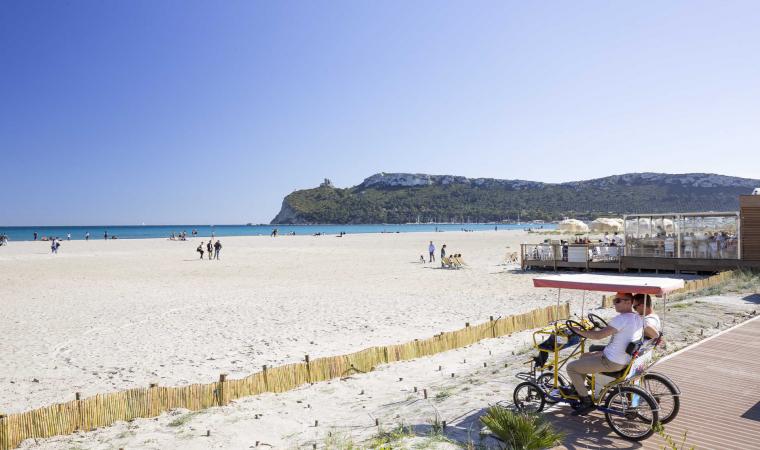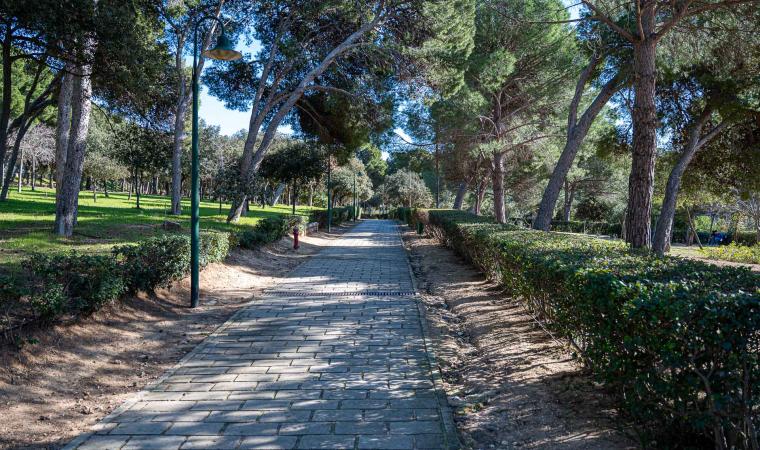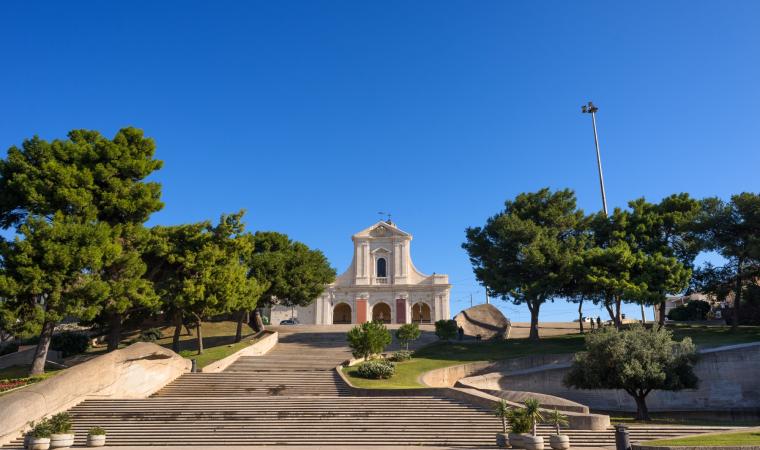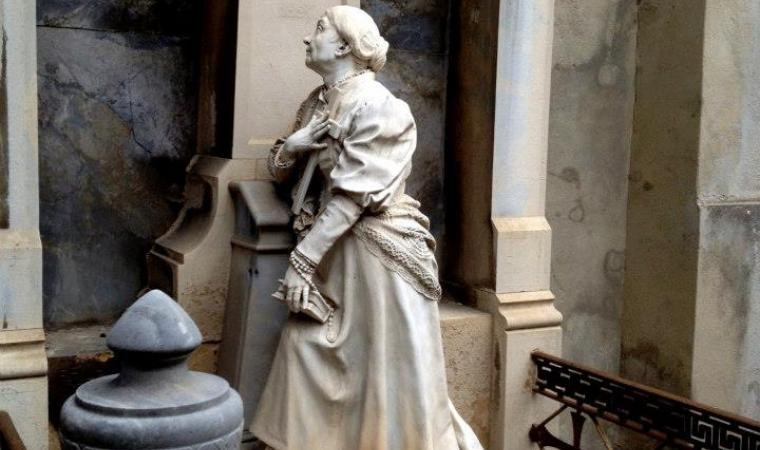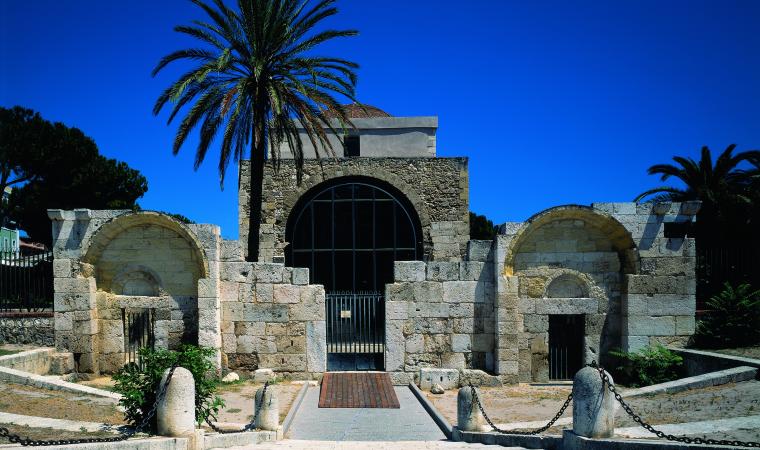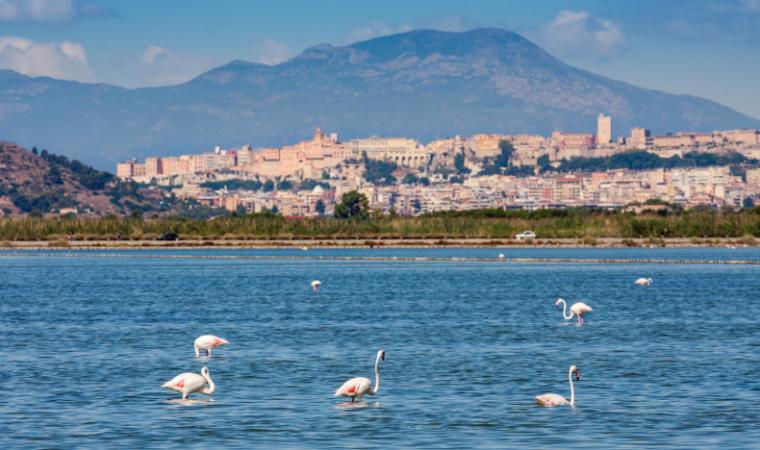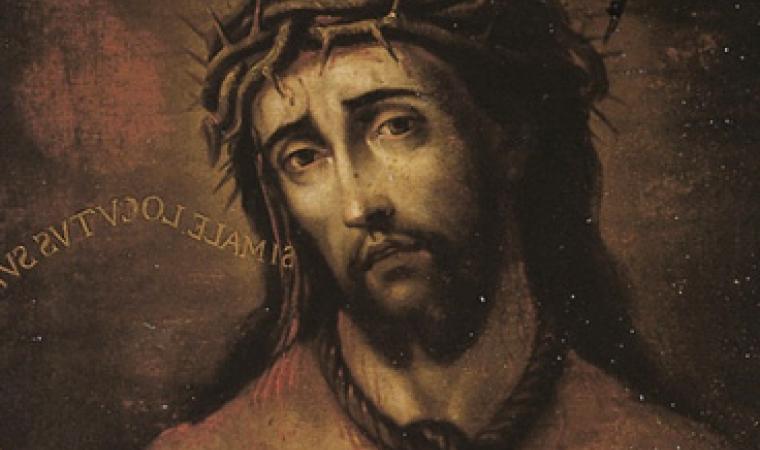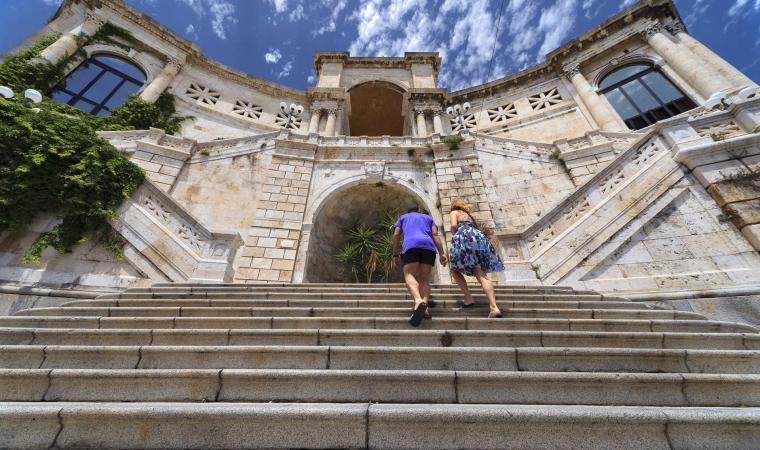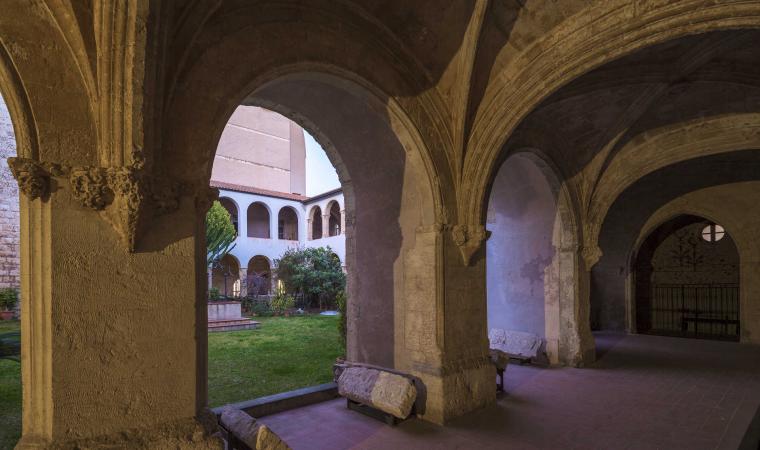Its unmistakable profile is one of Cagliari's most characteristic features, leaving an impression due to its particular shape and dominant position on the Poetto beach. The Sella del Diavolo (Devil's Saddle) occupies the exact centre of the Golfo degli Angeli (Gulf of Angels) and is the offshoot of the Sant'Elia hill that reaches out to the sea. For decades now, the promontory has been a favourite destination for trips just a stone's throw from the city centre, ideal for hiking, even at night, with surprising traces of human habitation that have alternated over millennia, and an irresistible attraction for the view from its summit. The scenery is so impressive that, according to legend, even heavenly and demonic hosts fought over it. The myth is told in two slightly different versions, particularly in terms of the reason for the 'heavenly battle'.
According to the most popular version, the devils were enthralled by the place and tried to take possession of it. According to the variant, however, it was the angels who asked God for this enchantment, chosen for its purity and absence of evil, as a gift, triggering Lucifer's jealousy. The battle took place in the skies above the coast of Cagliari and saw the victory of the army of angels led by the archangel Michael. During the battle, Lucifer lost his saddle, which fell and turned into rock, giving rise to the promontory. This gave rise to the name Sella del Diavolo (The Devil's Saddle) and also the name Golfo degli Angeli (Gulf of Angels), as the inhabitants of the large inlet wanted to name it after their saviours.
Paths branch off from the square next to the small beach of Calamosca or from the small port of Marina Piccola, allowing you to explore the promontory, offering unmissable views of the landscape, up to, on clear days, Capo Carbonara, including the view of the twelve kilometres of Poetto and its promenade and, behind them, the profile of the Molentargius-Saline Park. Along the way you will notice European fan palms, junipers and wild olive trees, as well as mastic trees and euphorbias. The promontory also offers shelter to rare birds, such as peregrine falcons, kestrels and Sardinian partridges. It is also not uncommon for foxes and wild rabbits to appear in the bushes.
The natural cavities around Capo Sant'Elia have yielded traces of habitation since the Neolithic period. On the highest point are the ruins of a Punic temple dedicated to Astarte, as testified by the discovery of a slab preserved in the Archaeological Museum of Cagliari. You will also see two cisterns, one of Punic origin, larger than the second from Roman times. A perimeter of foundations leads back to the former church of Sant'Elia, most likely built in the 11th century by the Vittorini monks together with their monastery. According to tradition, the saint was martyred on the hill. The watchtower, part of the coastal defence system against Saracen raids, is of Spanish origin. In Catalan it was called pouhet (‘little well’) and the name Poetto is thought to derive from this. Finally, some military structures, including a blockhouse that you will encounter along the way, date back to the Second World War.

